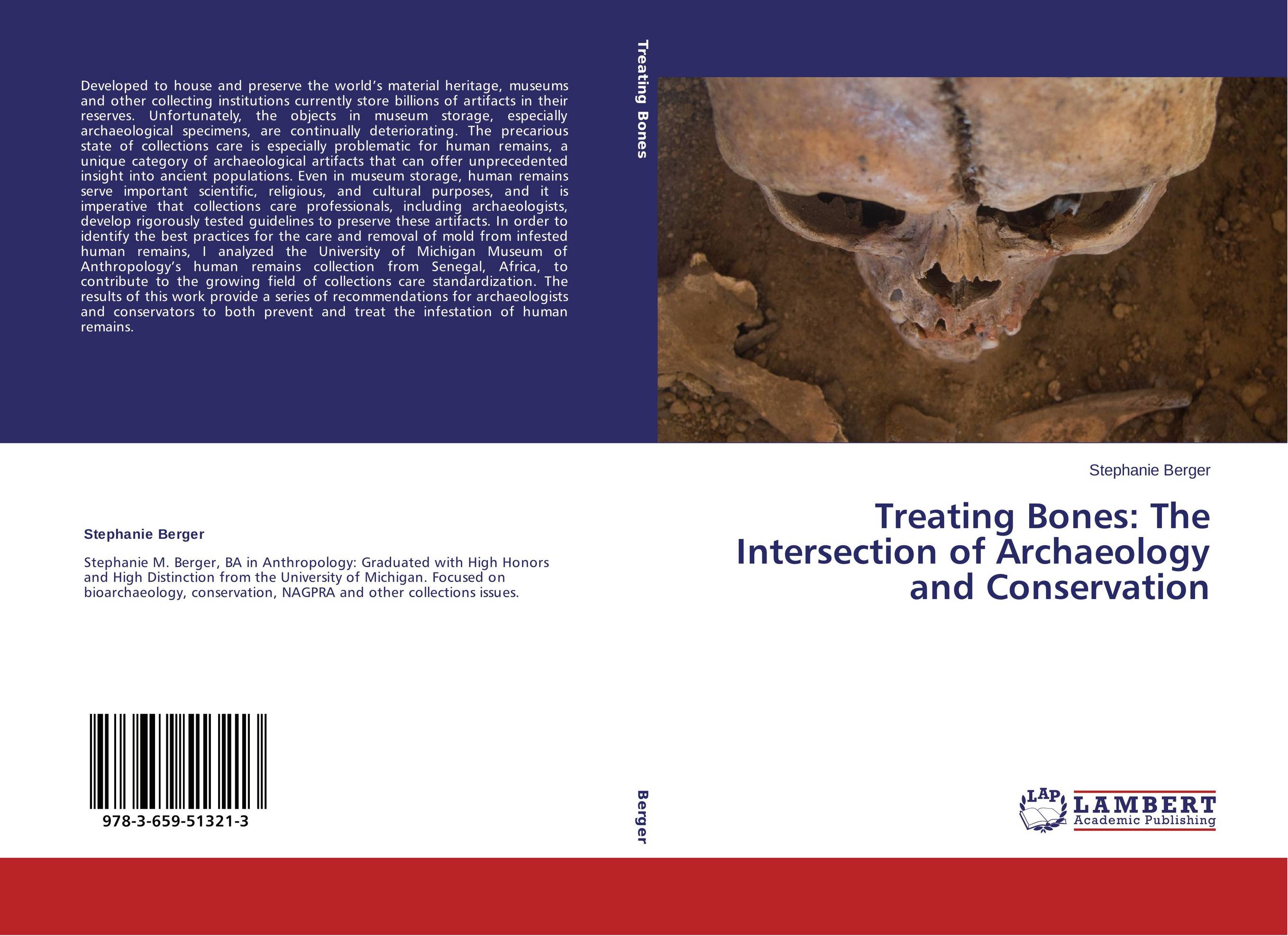| Поиск по каталогу |
|
(строгое соответствие)
|
- Профессиональная
- Научно-популярная
- Художественная
- Публицистика
- Детская
- Искусство
- Хобби, семья, дом
- Спорт
- Путеводители
- Блокноты, тетради, открытки
Treating Bones: The Intersection of Archaeology and Conservation.

В наличии
| Местонахождение: Алматы | Состояние экземпляра: новый |

Бумажная
версия
версия
Автор: Stephanie Berger
ISBN: 9783659513213
Год издания: 2014
Формат книги: 60×90/16 (145×215 мм)
Количество страниц: 108
Издательство: LAP LAMBERT Academic Publishing
Цена: 32173 тг
Положить в корзину
| Способы доставки в город Алматы * комплектация (срок до отгрузки) не более 2 рабочих дней |
| Самовывоз из города Алматы (пункты самовывоза партнёра CDEK) |
| Курьерская доставка CDEK из города Москва |
| Доставка Почтой России из города Москва |
Аннотация: Developed to house and preserve the world’s material heritage, museums and other collecting institutions currently store billions of artifacts in their reserves. Unfortunately, the objects in museum storage, especially archaeological specimens, are continually deteriorating. The precarious state of collections care is especially problematic for human remains, a unique category of archaeological artifacts that can offer unprecedented insight into ancient populations. Even in museum storage, human remains serve important scientific, religious, and cultural purposes, and it is imperative that collections care professionals, including archaeologists, develop rigorously tested guidelines to preserve these artifacts. In order to identify the best practices for the care and removal of mold from infested human remains, I analyzed the University of Michigan Museum of Anthropology’s human remains collection from Senegal, Africa, to contribute to the growing field of collections care standardization. The results of this work provide a series of recommendations for archaeologists and conservators to both prevent and treat the infestation of human remains.
Ключевые слова: Museums, Archaeology, Conservation, collections, Preservation, Bones, Mold, curation, Collections management, Osteology, bioarchaeology, collections care, human remains, osteoarchaeology, mold removal, NAGPRA



